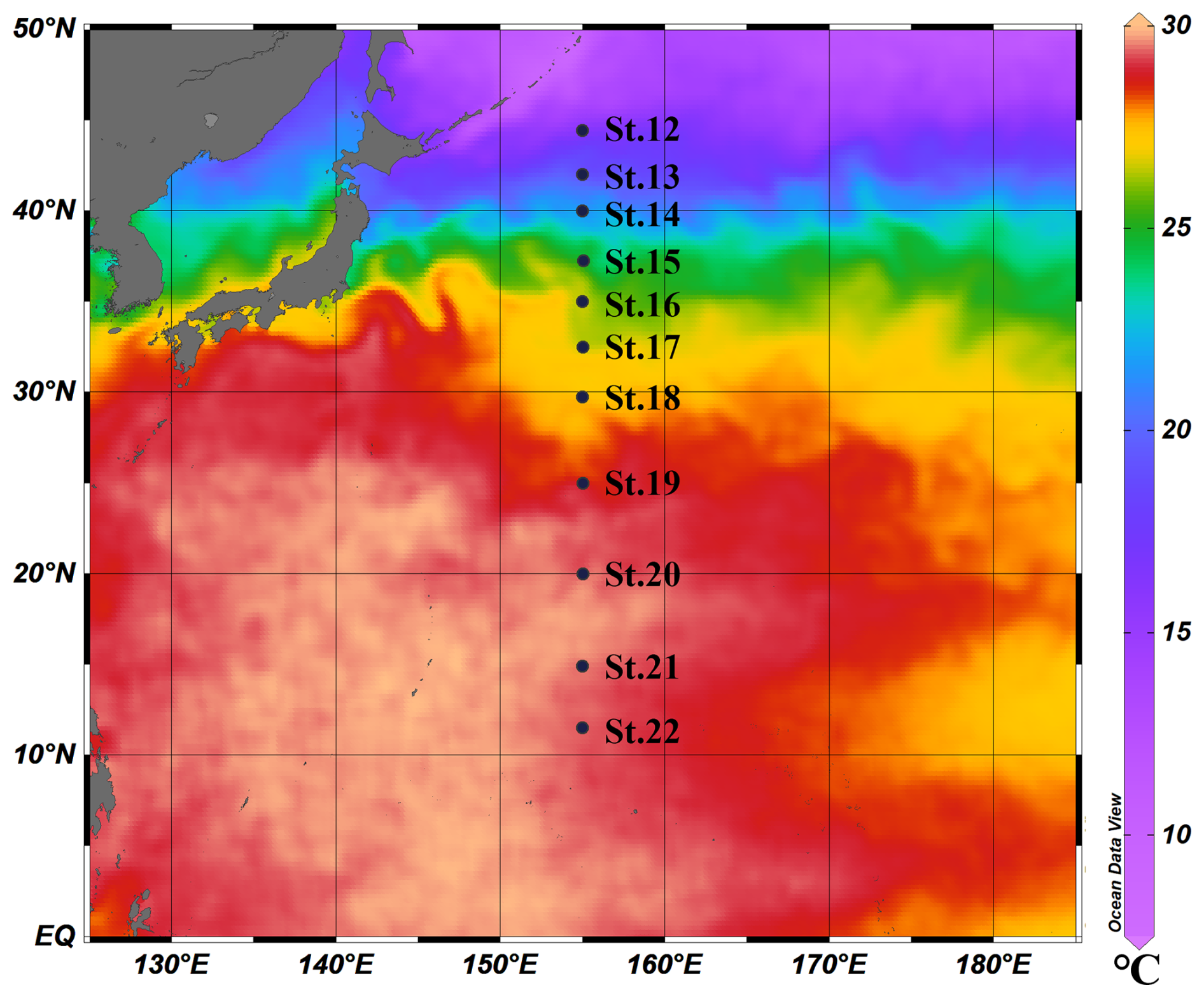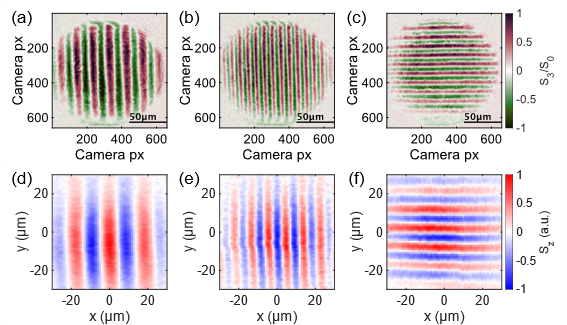2025-04-10 北海道大学,東京大学
<関連情報>
- https://www.hokudai.ac.jp/news/2025/04/post-1852.html
- https://www.hokudai.ac.jp/news/pdf/250410_pr2.pdf
- https://bg.copernicus.org/articles/22/1495/2025/
西部北太平洋における表層下から供給される鉄や栄養塩フラックスと植物プランクトン群集組成の関係 Phytoplankton community structure in relation to iron and macronutrient fluxes from subsurface waters in the western North Pacific during summer
Huailin Deng, Koji Suzuki, Ichiro Yasuda, Hiroshi Ogawa, and Jun Nishioka
Biogeosciences Published:19 Mar 2025
DOI:https://doi.org/10.5194/bg-22-1495-2025

Abstract
Iron (Fe) and macronutrient supplies and their ratios are major factors determining phytoplankton abundance and community composition in the North Pacific. Previous studies have indicated that Okhotsk Sea Intermediate Water and North Pacific Intermediate Water (NPIW) transport sedimentary Fe to the western subarctic Pacific. Although the supply of Fe and macronutrients from subsurface waters is critical for surface phytoplankton productivity, return paths from NPIW to the subsurface and their impact on the abundance and community composition of the organisms have not been fully understood. In this study, Fe and macronutrient turbulent fluxes, as well as the flux ratios from NPIW to surface waters, were calculated based on a chemical dataset, which included Fe and macronutrient concentrations, with turbulent mixing parameters obtained from the same cruise and same station along the 155° E transect in summer. Additionally, vertical flux divergence was calculated from the estimated vertical fluxes. Surface and subsurface phytoplankton community composition was evaluated in the CHEMTAX program based on algal pigment measurements. The results show that diatom abundance is significantly correlated with the vertical fluxes of Fe and macronutrients, especially with Fe and silicate (Si) fluxes, and with the Fe / N flux ratio along the section line. These results suggest that diatom abundance was controlled by Fe supply from subsurface waters in summer. The computed turbulent flux divergence in the subarctic gyre and Kuroshio–Oyashio transition area suggests that enhanced concentrations of Fe and Si in the subsurface layer were supplied from NPIW.



